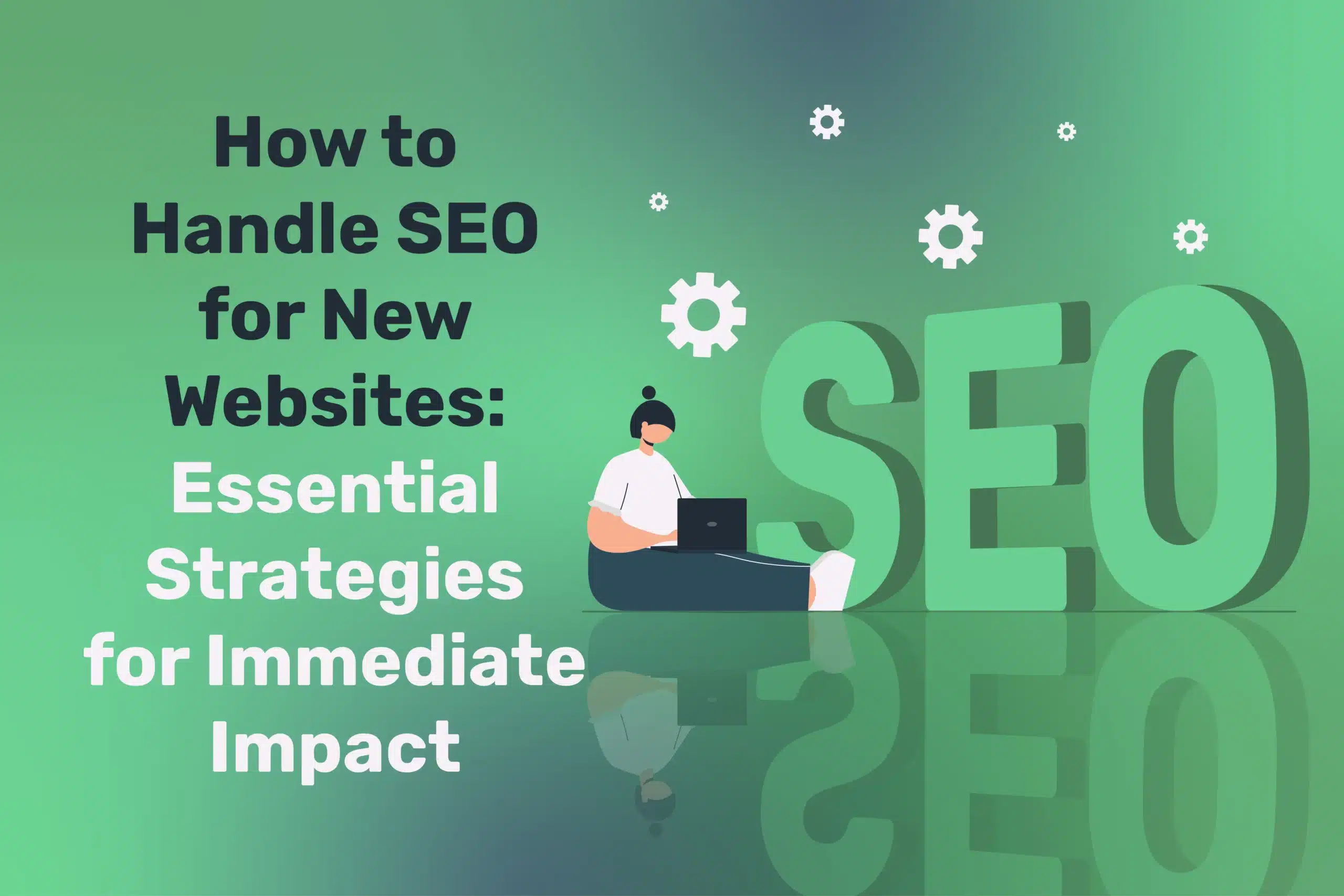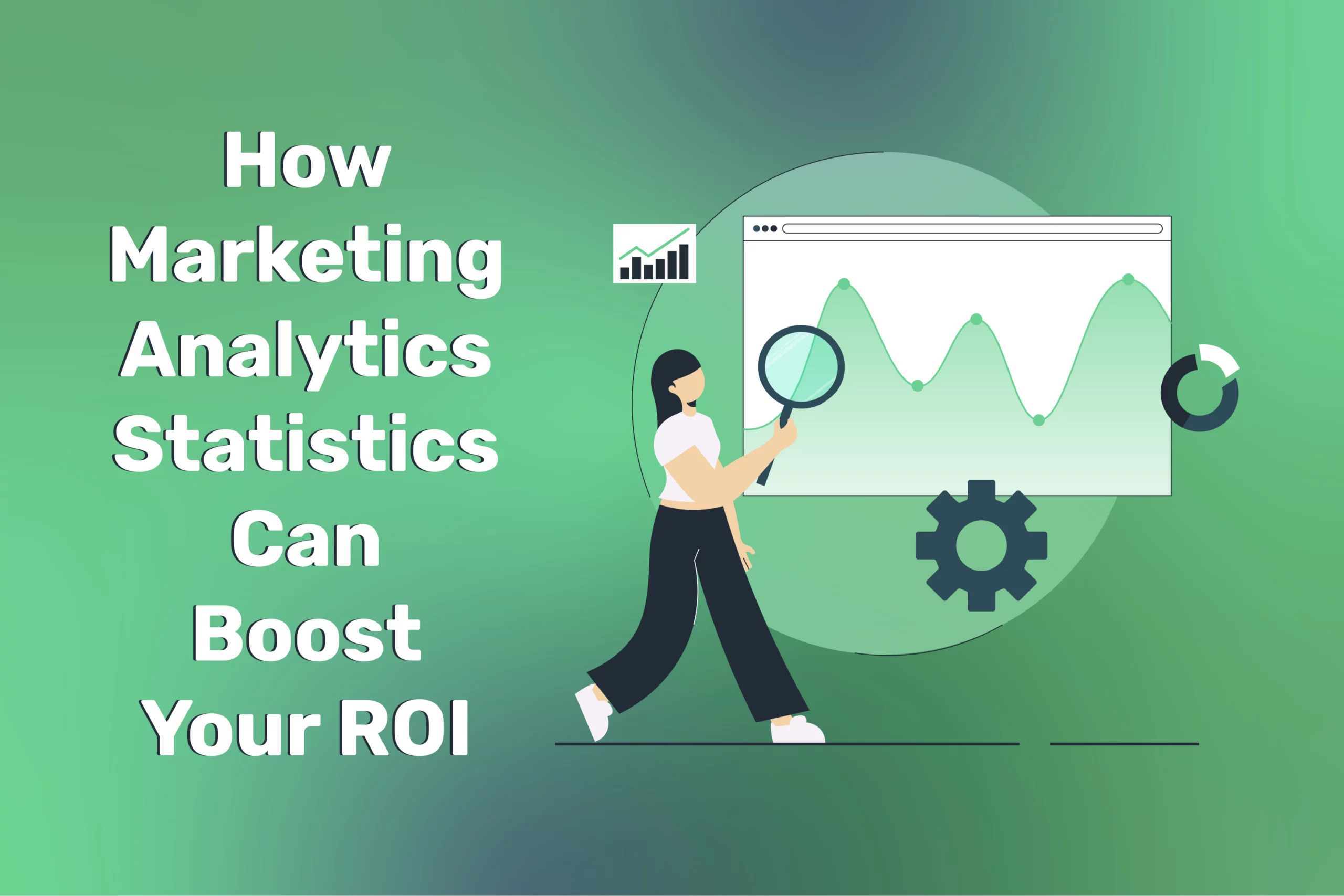
Customer Feedback Matters: Learn to Improve Service Quality Continuously
Table of Contents
Customer feedback—whether praise, critique, or suggestion—offers a goldmine for organisations aiming to enhance service quality. Yet many businesses collect feedback without a clear system for translating it into action. In 2025, with consumer expectations at an all-time high, ignoring or mismanaging feedback can quickly undermine brand loyalty and hamper growth.
A robust feedback-to-action framework means listening to customers, analysing their comments methodically, and implementing tangible changes that address their concerns. Achieving that cycle of improvement not only drives repeat business but also fosters an internal culture of continuous learning. This article delves into proven strategies for capturing feedback across multiple channels, deciding which insights matter most, and ensuring each piece of feedback influences service design and delivery.
“Feedback is only as valuable as the action it prompts. Turning constructive criticism into real solutions sets you apart from competitors who merely acknowledge complaints,” says Ciaran Connolly, Director of ProfileTree.
Why Customer Feedback Matters in 2025
In 2025, customer feedback is more than just reviews—it’s a driving force behind business success. With AI-driven analytics, social listening, and real-time surveys, companies can gather insights faster than ever. Understanding customer needs, preferences, and pain points helps businesses refine their products, improve experiences, and stay ahead of competitors in an increasingly customer-centric market.
Competitive Differentiation
With more brands vying for market share, customer experience often becomes the deciding factor. Feedback serves as an early warning system for emerging dissatisfaction or unmet needs. By addressing those quickly, you gain an edge, showing potential clients that you’re proactive and flexible.
Building Loyalty and Advocacy
Customers who see their comments acknowledged and resolved feel valued. They’re more inclined to offer repeat business, leave positive reviews, or recommend you to peers. Conversely, ignoring them can lead to frustration, public criticism on social media, or negative Google Reviews—damaging your reputation.
Innovation Fuel
Many breakthrough ideas arise from user suggestions. A tweak to a product design, a simpler returns policy, or an add-on service might originate in a single piece of feedback. In 2025’s hyper-connected landscape, your customers can be co-creators if you give them the right channels and show genuine openness to improvement.
Capturing Feedback Across Multiple Channels
To truly understand customer sentiment in 2025, businesses must capture feedback across multiple channels. From social media comments and online reviews to in-app surveys and AI-driven chat interactions, every touchpoint provides valuable insights. Integrating these diverse sources through omnichannel feedback systems ensures a comprehensive view of customer experiences, enabling businesses to respond proactively and enhance satisfaction.
Online Surveys and Forms
Tools like SurveyMonkey, Typeform, or Google Forms facilitate quick questionnaires post-purchase or post-service. Keep them short—3–5 questions ideally—focusing on quality, experience, and any suggestions. Automated triggers (e.g., “two days after order delivery”) ensure feedback arrives while the experience is fresh.
Social Media Listening
Beyond direct posts on your business pages, social platforms are rife with mentions and hashtags. In 2025, social listening tools powered by AI can parse tens of thousands of tweets or Facebook comments daily, flagging sentiment or brand references. This helps unearth candid opinions from users who may never fill out a formal survey.
Chatbot and Live Chat Logs
If your website utilises chatbots or live agent support, each conversation is a microcosm of user needs. Storing logs and identifying recurring questions—like “How do I track shipping?” or “Can I pay in instalments?”—reveals areas for improvement in user flows or policies. Many advanced chat solutions now incorporate sentiment analysis for deeper insights.
Email Feedback Loops
Sometimes a good, old-fashioned “Let us know how we did” email prompts thoughtful responses from customers. Personalise it by referencing their recent purchase, or an event they attended, so they see the feedback request is relevant. Offer a clear link or button that goes to a short form or directly to your Google review page if that’s a priority.
Telephone or In-Person
While digital channels dominate, don’t forget traditional conversations. Encourage staff to take notes on calls—“Was the caller confused about X?”—and summarise these for a weekly internal feedback memo. In retail settings, a casual in-store conversation might yield valuable insights on why a product label was unclear or how store layout could improve.
Deciding What Feedback Matters Most
Not all feedback carries the same weight. In 2025, businesses must prioritise insights that drive real impact. AI-powered sentiment analysis helps filter noise, highlighting recurring issues, product improvement opportunities, and key customer expectations. By focusing on trends over isolated complaints and aligning feedback with business goals, companies can make strategic decisions that enhance customer satisfaction and long-term success.
Distinguish Noise from Core Issues
Not all comments carry equal weight. One offhand complaint about music volume in a cafe might not warrant an overhaul, while repeated complaints about slow service definitely do. Use a simple categorisation:
- Low Impact: Rare or subjective issues—acknowledge them but do not overreact.
- Medium Impact: Recurring suggestions that might improve convenience or clarity.
- High Impact: Urgent problems damaging brand image or leading to lost sales (e.g., faulty product quality, frequent billing errors).
Quantitative vs. Qualitative Insights
- Quantitative: Ratings, scales (1–10), or yes/no questions can highlight patterns or measurable dips in satisfaction. E.g., an average post-service rating dropping from 8.5 to 7.2 month-over-month signals a bigger concern.
- Qualitative: Open-ended feedback or social media rants that may contain emotive, anecdotal stories. These often reveal the why behind the numbers. AI can group recurring keywords to help you see overarching themes.
Combining both forms yields a well-rounded view—numbers indicate scale, while anecdotes clarify the context.
Using AI Tools for Sentiment Analysis
By 2025, AI sentiment analysis has become more precise. Systems parse text to rate positivity, negativity, or neutrality and highlight the key triggers (like “shipping took too long” or “loved the personal follow-up”). This broad overview is especially useful for large volumes of feedback. It spots subtle shifts in sentiment early—perhaps customers in a specific city are complaining more about delivery times than others.
Turning Insights into Action: The Improvement Cycle
Collecting feedback is just the beginning—real value comes from acting on it. In 2025, businesses use AI-driven analytics to identify patterns, predict trends, and prioritise changes. The improvement cycle involves analysing insights, implementing solutions, and monitoring results to ensure continuous enhancement. By closing the feedback loop, companies can refine products, optimise services, and build stronger customer relationships.
Step 1: Collate and Review
Create a central repository—like a feedback dashboard—where input from surveys, social mentions, chat logs, and in-store notes converges weekly or monthly. Encourage each department to check relevant feedback, so the marketing team sees brand mentions, product development sees design suggestions, etc. Kick off weekly or monthly “feedback huddles.”
Step 2: Prioritise and Assign
From those huddles, highlight immediate tasks (like updating an FAQ or clarifying product details) vs. bigger projects (like redesigning your returns policy). Assign them to specific owners or teams, with deadlines. This clarity ensures that feedback doesn’t vanish in a spreadsheet but spurs a real plan.
Step 3: Implement Solutions
In some cases, the fix is simple—tweaking a website form or training staff to greet customers promptly. Others might need cross-functional collaboration (like revamping the packaging supply chain). Maintain transparency: if there’s a budget, create a mini project to fix the root cause.
Step 4: Follow Up
After changes, track the impact. Did the complaint frequency for shipping times drop? Did NPS (Net Promoter Score) bounce back? Where feasible, inform or thank the customer who initially raised the issue—“Thanks to your suggestion, we’ve now added feature X.” This personal touch cements loyalty.
Step 5: Rinse and Repeat
Make feedback loops an ongoing cycle. As you fix old issues, new ones may arise, or competition might push the bar higher. Regular reviews keep service quality evolving.
Overcoming Internal Hurdles
Implementing a strong feedback-driven strategy isn’t always easy. Internal hurdles—such as resistance to change, data silos, or lack of clear ownership—can slow progress. In 2025, businesses must foster a culture of adaptability, ensure seamless data integration across departments, and assign accountability for acting on insights. With the right mindset and tools, companies can turn challenges into opportunities for growth.
Cultural Resistance to Criticism
Some employees feel attacked by negative feedback, seeing it as personal condemnation. Combat this by fostering a culture where all feedback is valuable data. A negative comment is an opportunity to excel, not a threat. Leadership must model calm, solution-focused reactions to complaints.
Resource Constraints
Implementing improvements can stretch budgets or staff. Build a business case linking the cost of changes to the potential revenue or retention benefits. For instance, if 10% of customers mention confusion in the checkout process, a simpler e-commerce funnel might recoup lost sales quickly, paying for itself.
Sustaining Momentum
Gathering feedback is fun at first, but interest can wane if improvements are slow or staff see no tangible results. Keep your team engaged by celebrating “feedback success stories,” awarding employees who propose solutions, or showing metrics that prove the ROI of changes.
“A feedback culture isn’t a one-off project. It becomes part of your company’s DNA—listening, refining, and celebrating each improvement step,” emphasises Ciaran Connolly.
Leveraging AI and Digital Tools for Continual Service Enhancement
AI and digital tools are revolutionising how businesses refine their services in 2025. Machine learning models analyse vast amounts of customer feedback, identifying patterns and predicting future needs. Chatbots and automation streamline support, while sentiment analysis tools detect emerging concerns in real time. By integrating AI-driven insights with human expertise, businesses can continuously optimise customer experiences and stay ahead of evolving expectations.
Chatbot and Voice-of-the-Customer Platforms
Tools that unify all feedback channels (social, chat, email, third-party review sites) into a single interface save time. Many integrate AI-based sentiment scoring, real-time alerts for high-risk complaints, and even “escalation triggers” for specific negative keywords.
Automation for Follow-Up
Automated workflows can dispatch a “thank-you” email to every user who gives a rating above a certain threshold—inviting them to leave a public review. Similarly, for negative feedback, the system can instantly notify a manager to reach out within 24 hours, mitigating potential brand damage.
Predictive Analytics
Beyond real-time sentiment, advanced models attempt to predict churn or dissatisfaction. For instance, if a customer’s satisfaction rating dips across multiple interactions or if they show certain behavioural patterns (like unsubscribing from newsletters, skipping renewals), the system flags them as high risk. A proactive phone call or special offer may salvage the relationship.
Personalised Action Plans
AI can cluster feedback by user segments—like new customers vs. loyal ones, or by region. This segmentation guides how you tailor improvements. For instance, feedback from a premium tier might emphasise quick chat support and exclusive perks, while standard-tier users might want simpler self-service options.
Communicating Changes to Customers
Keeping customers informed about improvements based on their feedback builds trust and engagement. In 2025, businesses use personalised emails, social media updates, and in-app notifications to highlight changes and show appreciation for customer input. Transparent communication not only strengthens relationships but also encourages ongoing feedback, creating a continuous loop of improvement and customer satisfaction.
Transparent Updates
When you implement a significant improvement based on user feedback (like extending customer support hours or adding new shipping options), announce it. Post a small blog entry, social media update, or email campaign highlighting “You Spoke, We Listened.” This reaffirms you value their input.
Showcasing Before-and-After
For design or user interface enhancements, do a brief demonstration. E.g., “We reduced checkout steps from 5 to just 2, thanks to your suggestions.” Visual demonstrations prove you’re not only hearing but actively refining the experience. Such transparency fosters deeper loyalty.
Impact Stories
If you track metrics, share them. “We saw a 25% drop in shipping complaints after introducing a real-time tracker.” or “Thanks to your feedback, our average response time is now 2 minutes instead of 8.” Numbers resonate with data-minded customers, showing objective progress.
Tying Feedback to a Larger Customer-Centric Strategy
Customer feedback isn’t just about fixing issues—it’s a cornerstone of a larger customer-centric strategy. In 2025, businesses integrate feedback into every stage of decision-making, from product development to marketing and support. By aligning feedback insights with company goals, brands can create more personalised experiences, foster long-term loyalty, and stay competitive in an increasingly customer-driven marketplace.
Aligning with Company Mission
If your brand mission emphasises user experience or community-driven innovation, feedback loops must be woven into every department’s goals. This ensures consistency: marketing, product dev, customer support, and sales all revolve around user satisfaction metrics or feedback-driven KPIs.
Performance Reviews and Incentives
Encourage staff to track how many user-reported issues they’ve helped resolve or improvements they’ve championed. In 2025, many progressive firms incorporate “service improvement” achievements into annual performance reviews, rewarding employees who fix persistent friction points or champion new ideas gleaned from user comments.
Building Trust for the Long Haul
In the digital age, brand trust is fragile. A single viral complaint might harm you, while consistent, effective service can catapult you. Cultivating a feedback-based approach ensures you evolve with consumer needs. Over time, your brand gains a reputation for really listening, setting you apart in an often impersonal market.
Creating a Culture of Continuous Improvement
Turning customer feedback into tangible action is the hallmark of a service-minded organisation. By systematically collecting insights from multiple channels—surveys, social media, chat logs—and applying a prioritised approach to solutions, businesses can steadily enhance the user journey, reduce churn, and fuel innovation. Importantly, it’s not about reacting to one-off rants but building sustainable processes that refine everything from product design to staff training.
In 2025’s competitive arena, failing to respond promptly or letting feedback accumulate without follow-through can hamper growth. Conversely, each piece of feedback can be a stepping stone to stronger customer relationships, new features, or streamlined operations. Embrace the cycle of “listen, learn, implement, and share outcomes,” and you’ll foster a brand that stands out for consistency, empathy, and agility.




